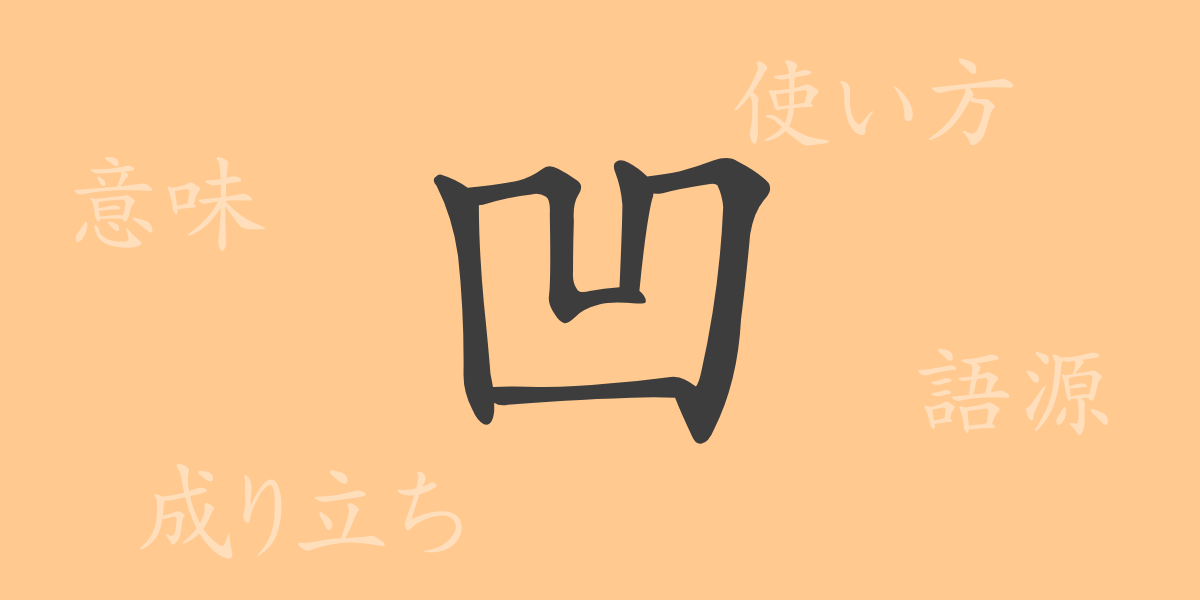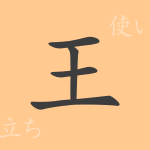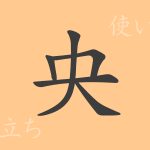“
The Japanese language has numerous kanji characters that symbolize the beauty of form and meaning. Among them, “”凹”” ( ō) is one of the interesting common kanji with a unique shape and meaning. In this article, we will delve into the full picture of 凹 (ō), from its origin to its meaning, usage, reading, and even the idioms and phrases that use 凹 (ō).
The Origin (Etymology) of 凹 (Ō)
The kanji “”凹”” ( ō) was born in ancient China as a pictograph representing a concave shape. It imitates the appearance of a sunken surface, like a mountain or a hole, and its design intuitively evokes a hollow or depression. Over time, this kanji came to be used in various cultures and languages, and it has also become established as a common kanji in Japan.
The Meaning and Usage of 凹 (Ō)
“”凹”” (ō) means a state where the surface of an object is curved inward, that is, a “”depression.”” It can also be used as a metaphorical expression, such as when describing a “”slump”” in a psychological state. Additionally, it is used as the “”凹”” (ō) in 凹凸 (ōtotsu), indicating that something has an uneven surface.
Reading, Stroke Count, and Radical of 凹 (Ō)
Various information can be gleaned from the shape of the kanji “”凹”” ( ō).
- Reading: The on’yomi is “”ō,”” and the kun’yomi is read as “”kubo,”” “”kubomu,”” or “”kubomi.””
- Stroke Count: The kanji “”凹”” (ō) consists of 5 strokes.
- Radical: The radical is “”凵”” (Ukebako). As this radical itself means a container, it can evoke the image of a concave shape.
Idioms, Phrases, and Proverbs Using 凹 ( Ō) and Their Meanings
Idioms, phrases, and proverbs containing “”凹”” ( ō) are used in many expressions due to its intuitive shape.
- 凹凸 (ōtotsu): Describes a rough or uneven surface.
- 凹版 ( ōban): A type of printing technique where ink is applied to the depressions on a plate.
- 凹む( Hekomu): A colloquial expression referring not only to physical dents but also to feeling down or depressed.
These expressions are useful for describing various situations in daily life.
Summary of 凹 (Ō)
The kanji “”凹”” (ō) has many meanings derived from its unique shape and is widely used in the Japanese language. This visually striking kanji is used not only to indicate physical depressions but also to express human emotions, demonstrating its versatility. Through this article, we hope you have understood the charm and deep meaning of “”凹”” (ō) as a part of the Japanese language.
“

























